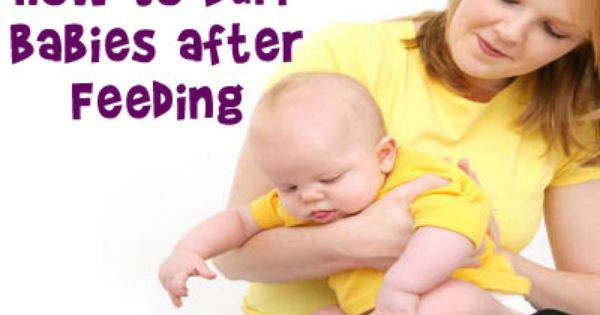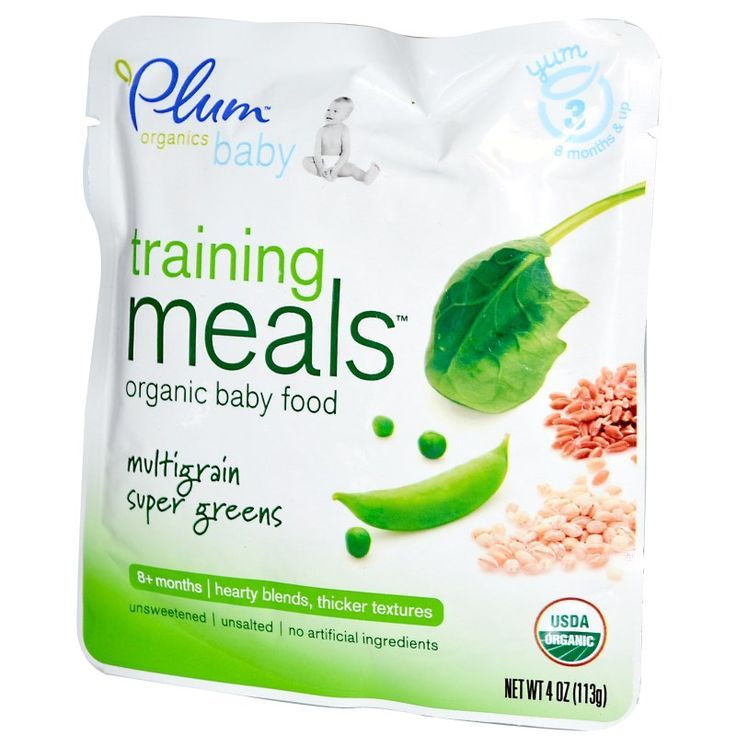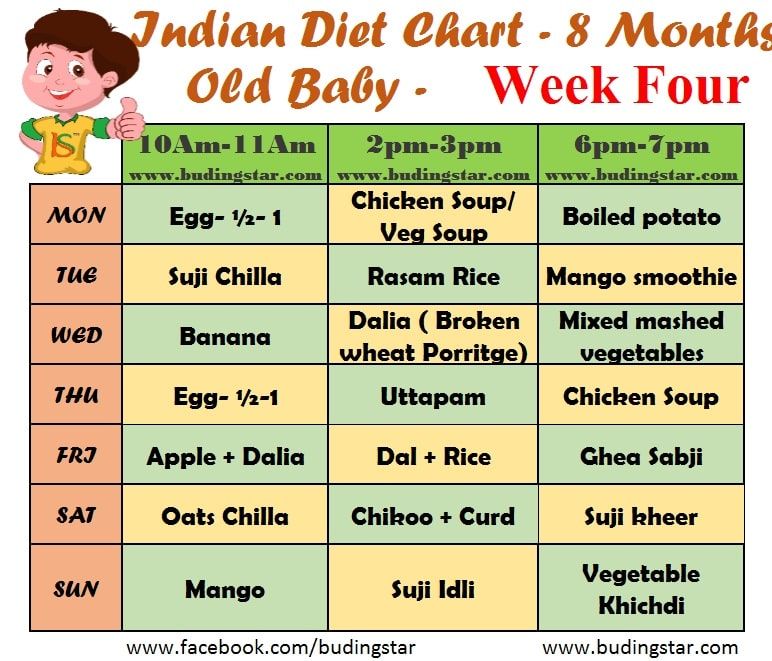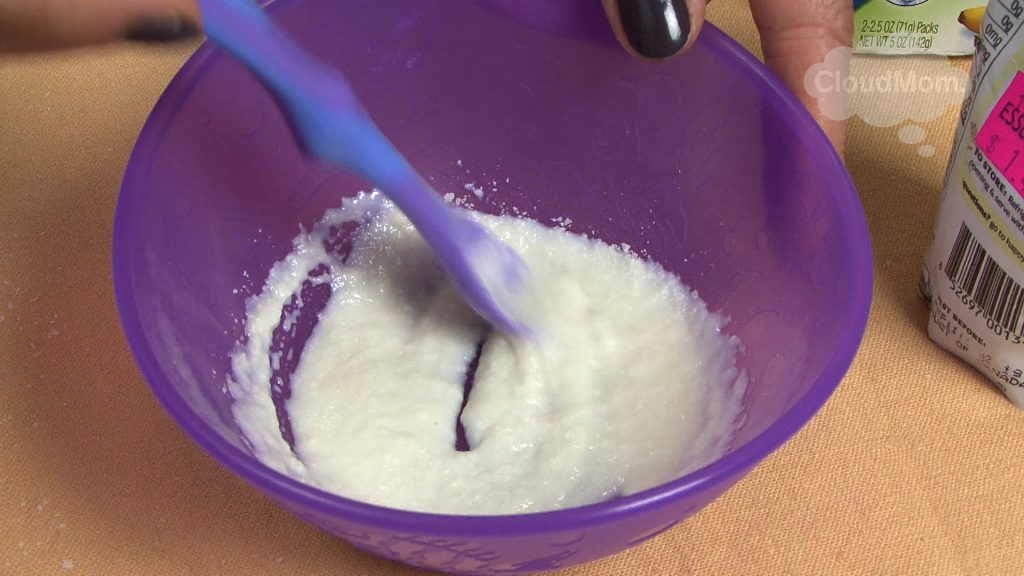Bacon baby food
Bacon for Babies - First Foods for Baby
When can babies eat bacon?
It’s best to wait on introducing bacon until after a baby’s first birthday and even then, serve bacon sparingly. While a small amount here and there is okay once in a while, the preserved meat is packed with sodium, nitrates, nitrites, and potential carcinogens.
Background of bacon
The technique of curing meat traces back to the days long before refrigeration, when humans created different ways to keep meat from spoiling – dehydrating, smoking, slowly cooking in fat, curing in brine – all of which impart delicious flavor. The method of curing pork came from China, where people learned to domesticate wild boar and preserve fatty cuts of belly meat with salt. As pigs and meat preservation methods traveled the globe through colonization and trade, the recipe evolved into the different forms of bacon that we know today.
Depending on where you live bacon will look a bit different. In Italy there is pancetta – a salt-cured and dried pork that can be thinly sliced and eaten raw, wrapped around foods, or rendered to flavor dishes. In Canada and Northern Europe, bacon consists of thick slices of the leaner pork loin that have been cured and rolled in ground corn or peas to create a thin rind. And in the United States, the most popular bacon are strips of fat-streaked pork belly that have been flavored with seasonings and cured with nitrates and nitrites, which preserve the meat’s color and prevent bacteria growth. No matter what kind you have available, serve on occasion rather than every day.
Is bacon healthy for babies?
No. First and foremost, bacon and other preserved pork products contain loads of sodium, which you want to limit in a child’s diet. Early and excessive exposure to sodium can prime the palate for salty foods and increase the risk of obesity and high blood pressure, which may contribute to heart disease and stroke later in life. 1 2 3 4
1 2 3 4
Bacon and other processed meats also appear to have an association with cancer.5 6 7 Bacon is often smoked, and meat that is exposed to smoke (either on a grill or smoker) may contain additional carcinogens.8
Bacon also contains added nitrates and nitrites, which are naturally occurring compounds produced by the human body and plants that may be associated with an increased risk of cancer when consumed in excess.9 Increasingly in the United States and other markets, “no nitrate” or “no nitrate added” bacon is marketed on food labels, though the language can be misleading. For example, nitrates and nitrites do not need to be listed on the label if the amount is less than the amount that the United States Department of Agriculture requires for cured products.10 Producers may add naturally occurring nitrates from plants, often in the form of celery juice or celery extract, and while the whole vegetable is a healthy addition to a balanced diet, plant nitrites do not make bacon a healthy choice.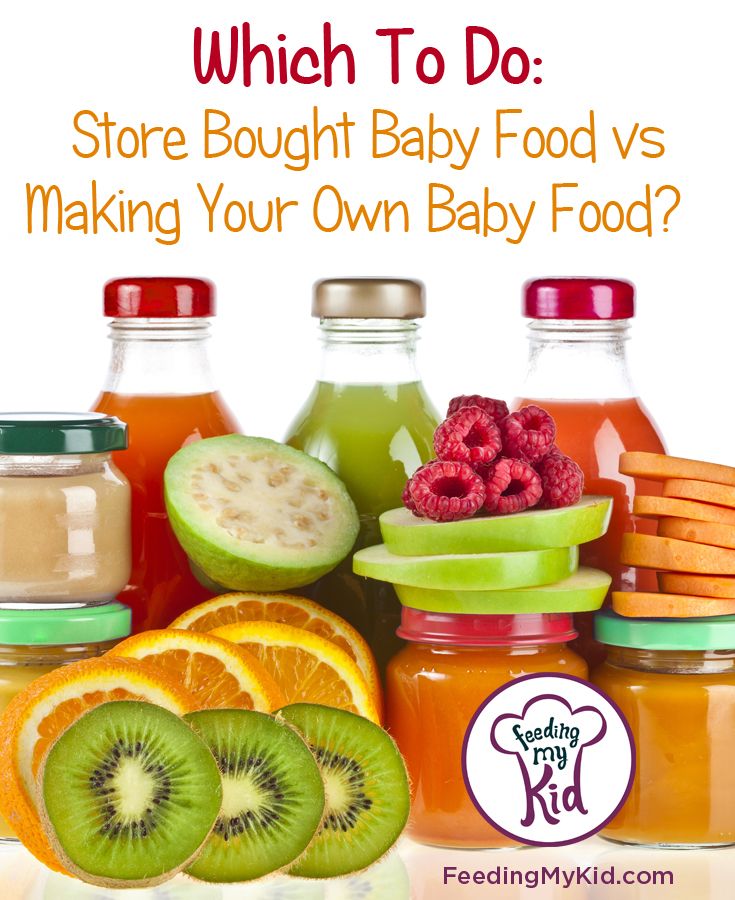 11
11
Bottom line: it is best to limit bacon and other processed meats in a child’s diet.12 13 The adage “all things in moderation” is a great way to serve bacon and all meats, for that matter. Serving a small amount of bacon occasionally as part of a balanced diet with plenty of whole foods and plants can minimize exposure to toxins and impact on the planet.
★Tip: Do not burn bacon, which can increase the formation of potential carcinogens.14 Check out our recipe for how to bake bacon!
Is bacon a choking hazard for babies?
Yes. Crispy bacon or chewy bacon do have higher potential to lead to choking in a young baby. Crispy bacon can be difficult for a baby to breakdown with chewing, and would likely be swallowed whole, and chewy bacon would also be more challenging to chew. To minimize the risk, wait until after your child’s first birthday to serve bacon and if you decide to serve it, cook until crisp and remove any thick gristle or fatty parts.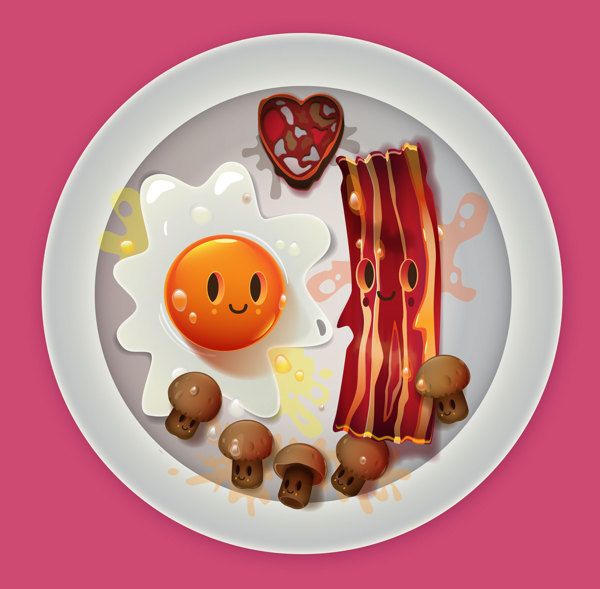 As always, make sure you create a safe eating environment, stay within arm’s reach of baby at mealtime, and check out our age-appropriate serving suggestions.
As always, make sure you create a safe eating environment, stay within arm’s reach of baby at mealtime, and check out our age-appropriate serving suggestions.
For more information on choking, visit our section on gagging and choking and familiarize yourself with the list of common choking hazards.
Is bacon a common allergen?
No. Bacon is not a common food allergen, although reactions to bacon have been reported.15 16 Some bacon can be considered a “high-histamine” food, which can be problematic for children with reliably diagnosed histamine intolerance.
It’s important to point out that certain tick bites (mainly the Lone Star tick in the continental United States, but other ticks in different parts of the world), are associated with the development of an allergy to galactose-alpha-1, 3-galactose (“alpha gal”), a sugar which is present in all non-primate mammalian meat. This results in a delayed allergic reaction 3-8 hours after red meat, such as bacon, is consumed.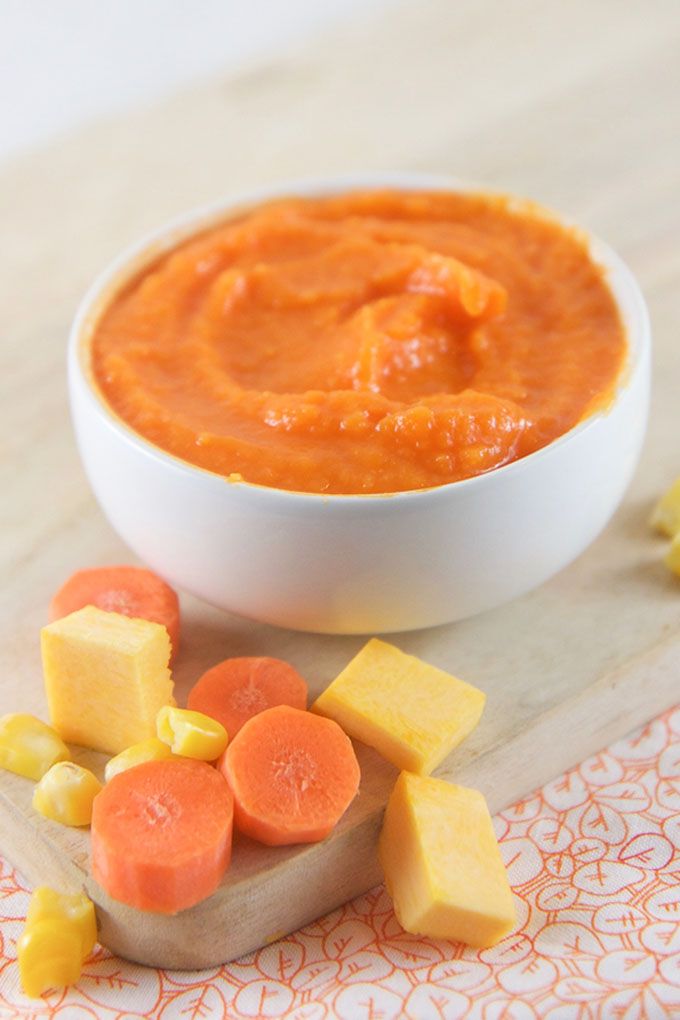 17 However, some individuals with alpha gal allergy also react to small amounts of the sugar present in dairy products, gelatin, or organ tissues from mammals. Alpha gal allergy is more prevalent in the southeastern United States but is starting to become more common in other areas as the geographic distribution of the Lone Star tick expands.
17 However, some individuals with alpha gal allergy also react to small amounts of the sugar present in dairy products, gelatin, or organ tissues from mammals. Alpha gal allergy is more prevalent in the southeastern United States but is starting to become more common in other areas as the geographic distribution of the Lone Star tick expands.
Although rare, some individuals with cat allergies may also develop a cross-reactive allergy to pork, a condition known as pork-cat syndrome.18 Pork-cat syndrome would result in an increased risk of allergy to all pork-derived foods, such as bacon.
Lastly, when buying bacon, be sure to read the label: in some cases, bacon may have added ingredients that are common allergens, such as soy.
As you would do when introducing any new food, start by serving a small amount at first. If there is no adverse reaction, gradually increase the amount served over future meals.
Recommended Guide: Introducing Allergens to Babies
How do you prepare bacon for babies with baby-led weaning?
Every baby develops on their own timeline, and the suggestions on how to cut or prepare particular foods are generalizations for a broad audience. Your child is an individual and may have needs or considerations beyond generally accepted practices. In determining the recommendations for size and shape of foods, we use the best available scientific information regarding gross, fine, and oral motor development to minimize choking risk. The preparation suggestions we offer are for informational purposes only and are not a substitute for child-specific, one-on-one advice from your pediatric medical or health professional or provider. It is impossible to fully eliminate all risk of a baby or child choking on any liquid, puree, or food. We advise you to follow all safety protocols we suggest to create a safe eating environment and to make educated choices for your child regarding their specific needs. Never disregard professional medical advice or delay in seeking it because of something you have read or seen here.
Your child is an individual and may have needs or considerations beyond generally accepted practices. In determining the recommendations for size and shape of foods, we use the best available scientific information regarding gross, fine, and oral motor development to minimize choking risk. The preparation suggestions we offer are for informational purposes only and are not a substitute for child-specific, one-on-one advice from your pediatric medical or health professional or provider. It is impossible to fully eliminate all risk of a baby or child choking on any liquid, puree, or food. We advise you to follow all safety protocols we suggest to create a safe eating environment and to make educated choices for your child regarding their specific needs. Never disregard professional medical advice or delay in seeking it because of something you have read or seen here.
6 to 12 months old: Avoid due to high sodium and added preservatives.
12 to 24 months old: Limit consumption due to sodium and preservatives and cook until crisp but not burned.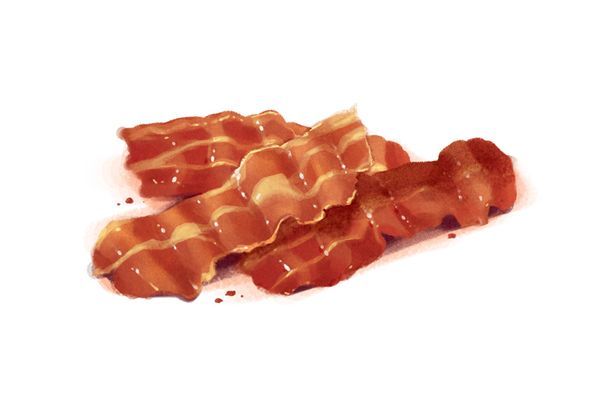 At one year of age a toddler can eat bacon as a strip or in small pieces.
At one year of age a toddler can eat bacon as a strip or in small pieces.
How often should you offer solids? See our sample feeding schedules for babies of every age.
Recipe: Easy Baked Bacon
Yield: ½ cup (170 grams)
Cooking Time: 15 minutes
Age: 12 months+
Ingredients
- 6 ounces (170 grams) bacon
This recipe may contain a common allergen (soy) in the bacon. Read the ingredient list on the food label and only serve to a child after soy has been safely introduced.
Directions
- Preheat the oven to 400 degrees Fahrenheit / 204 degrees Celsius.
- Place a wire rack on a sheet tray. Evenly space the bacon on the rack in a single layer.
- Bake until the bacon has crisped but not burned, between 10 and 15 minutes depending on the thickness of the meat.
- Remove the tray from the oven. Transfer the bacon to a plate lined with a paper towel.
- Use the bacon fat to cook vegetables to serve on the side, or store the fat in an air-tight container in the fridge or freezer for future use.
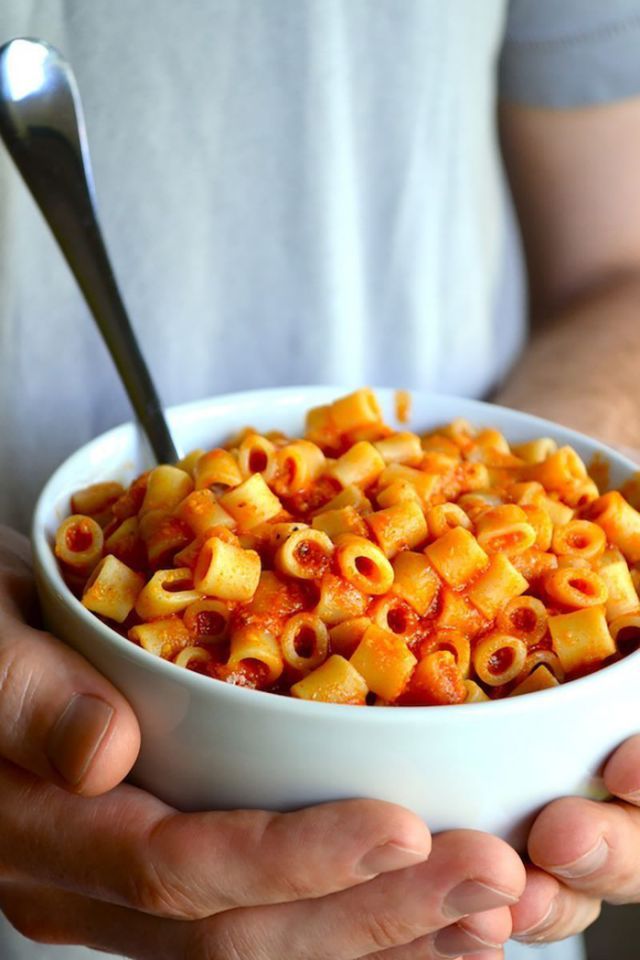
- When the bacon has cooled, serve in short strips and let the child self-feed with hands.
To Store: Cooked bacon keeps in an air-tight container in the fridge for 2 days or in the freezer for 2 months.
Flavor Pairings
Bacon is packed with salt and umami – a delicious flavor to season grassy vegetables like asparagus, garden pea, snap pea, and snow pea; starchy roots like carrot, cassava (yuca), fennel, potato, rutabaga, and turnip; and greens like bok choy, collard greens, kale, and spinach. Bacon also works as a flavor enhancer for rich meats like beef, lamb, and pork and lean shellfish like clams, crabs, crayfish, lobster, and scallops.
Reviewed by
J. Truppi, MSN, CNS
V. Kalami, MNSP, RD, CSP
K. Grenawitzke, OTD, OTR/L, SCFES, IBCLC, CNT
S. Bajowala, MD, FAAAAI. Board-Certified Allergist & Immunologist (allergy section)
R. Ruiz, MD, FAAP. Board-Certified General Pediatrician and Pediatric Gastroenterologist
- Liem D.
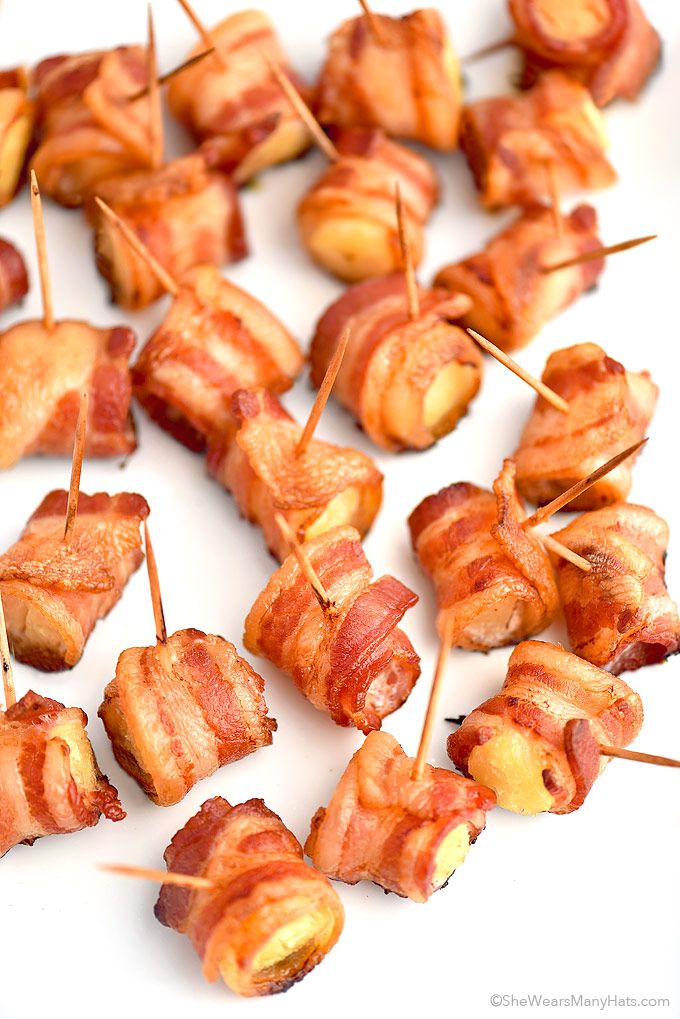 G. (2017). Infants’ and Children’s Salt Taste Perception and Liking: A Review. Nutrients, 9(9), 1011. DOI:10.3390/nu9091011. Retrieved June 1, 2021.
G. (2017). Infants’ and Children’s Salt Taste Perception and Liking: A Review. Nutrients, 9(9), 1011. DOI:10.3390/nu9091011. Retrieved June 1, 2021. - Ma, Y., He, F.J., MacGregor, G. A. (2015). High salt intake: independent risk factor for obesity? Hypertension (Dallas, Tex. : 1979), 66(4), 843–849. DOI:10.1161/HYPERTENSIONAHA.115.05948. Retrieved June 1, 2021.
- National Academies of Sciences, Engineering, and Medicine. (2019). Dietary Reference Intakes for Sodium and Potassium. Washington, DC: The National Academies Press. Retrieved June 1, 2021.
- Centers for Disease Control and Prevention. Heart Disease: Sodium. Retrieved June 1, 2021.
- Lippi, G., Mattiuzzi, C., Cervellin, G. (2016). Meat consumption and cancer risk: a critical review of published meta-analyses. Critical Reviews in Oncology/Hematology, 97, 1-14. DOI:10.1016/j.critrevonc.2015.11.008. Epub 2015 Nov 17. PMID: 26633248. Retrieved June 1, 2021.
- World Health Organization. (2015). Cancer: Carcinogenicity of the consumption of red meat and processed meat.
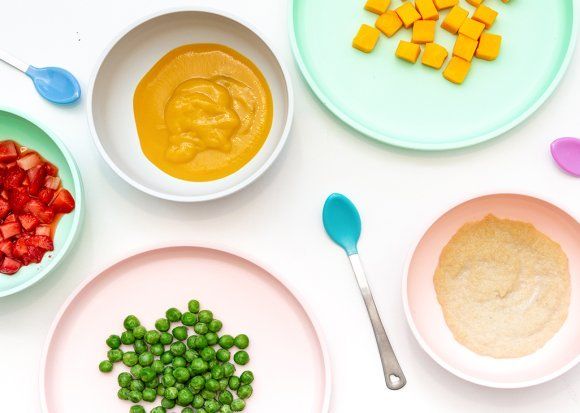 Retrieved June 1, 2021.
Retrieved June 1, 2021. - Carr, P.R., Walter, V., Brenner, H., Hoffmeister, M. (2016). Meat subtypes and their association with colorectal cancer: Systematic review and meta-analysis. International Journal of Cancer, 138(2),293-302. DOI:10.1002/ijc.29423. Epub 2015 Feb 24. PMID: 25583132. Retrieved June 1, 2021.
- IARC Working Group on the Evaluation of Carcinogenic Risks to Humans. (2018). Red Meat and Processed Meat. Lyon (FR): International Agency for Research on Cancer; PMID: 29949327. Retrieved June 1, 2021.
- National Cancer Institute. (2020). Nitrate. Retrieved June 1, 2021.
- United States Department of Agriculture. (2020). Cured Meat and Poultry Product Operations. Retrieved June 1, 2021.
- United States Food & Drug Association. CFR – Code of Federal Regulations Title 21. Retrieved June 1, 2021.
- Hord, N.G., Tang, Y., Bryan, N.S. (2009). Food sources of nitrates and nitrites: the physiological context for potential health benefits. The American Journal of Clinical Nutrition, 90(1), 1-10.
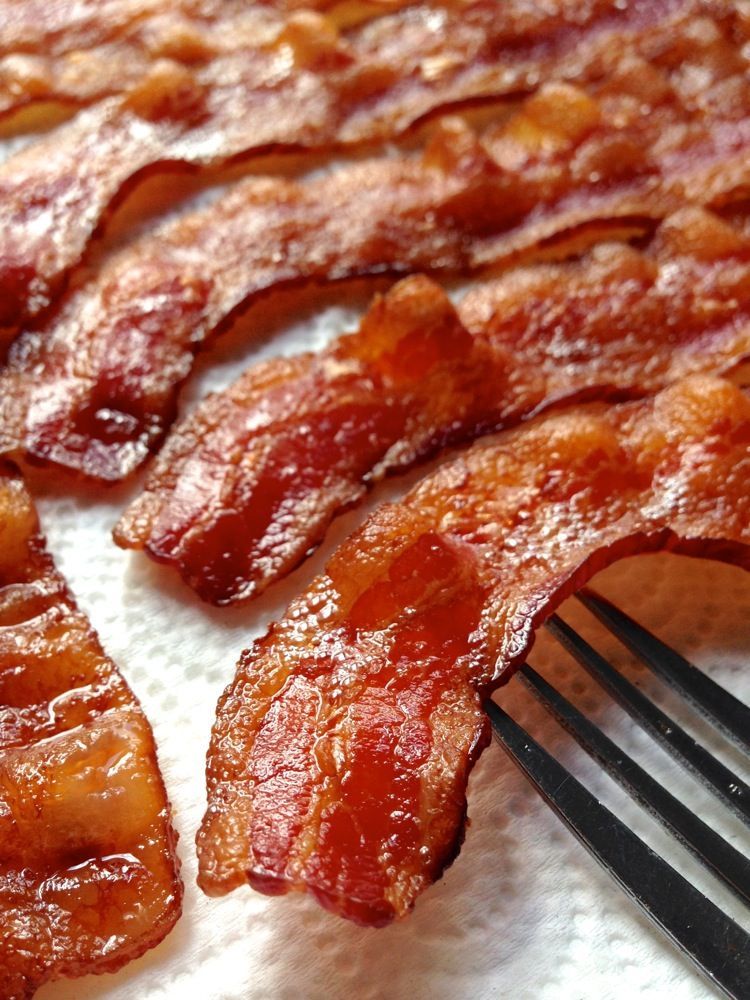 DOI:10.3945/ajcn.2008.27131. Retrieved September 9, 2020.
DOI:10.3945/ajcn.2008.27131. Retrieved September 9, 2020. - Ahluwalia, A., Gladwin, M., Coleman, G. D., Hord, N., Howard, G., et al. (2016). Dietary Nitrate and the Epidemiology of Cardiovascular Disease: Report from a National Heart, Lung, and Blood Institute Workshop. Journal of the American Heart Association, 5(7), e003402. DOI:10.1161/JAHA.116.003402. Retrieved September 9, 2020.
- Lee, J.G., Kim, S.Y., Moon, J.S., Kim, S.H., Kang, D.H., et al. (2016). Effects of grilling procedures on levels of polycyclic aromatic hydrocarbons in grilled meats. Food chemistry, 199, 632–638. DOI:10.1016/j.foodchem.2015.12.017. Retrieved June 1, 2021.
- American College of Asthma, Allergy, & Immunology. Meat Allergy. Retrieved June 1, 2021.
- Wilson, J.M., Platts-Mills, T. (2018). Meat allergy and allergens. Molecular immunology, 100, 107–112. DOI:10.1016/j.molimm.2018.03.018. Retrieved June 1, 2021.
- American Academy of Allergy, Asthma, & Immunology. Alpha-gal defined.
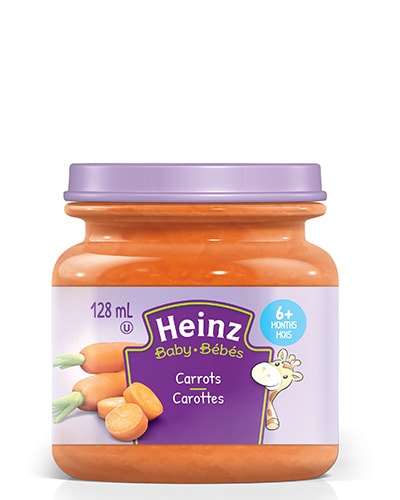 Retrieved June 1, 2021.
Retrieved June 1, 2021. - Wilson, J.M., Platts-Mills, T. (2018). Meat allergy and allergens. Molecular immunology, 100, 107–112. DOI:10.1016/j.molimm.2018.03.018. Retrieved June 1, 2021.
Why Bacon is Beneficial for Babies? – Serenity Kids
By: Hillary Bennetts
The phrase “baby food” typically conjures up images of pureed pears and bits of banana. What food doesn’t often come to mind? Bacon. But with an impressive profile of macro- and micronutrients, I’m here to tell you why it should.
Babies grow at a rapid rate and have important nutrient needs in order to support their development. The brain, for example, grows from 25% of adult size as a newborn to 80% of adult size at age three. During this time of growth, the brain is forming critical connections that allow its cells to communicate with one another. To do this, it needs foods rich in nutrients like iron, zinc, and protein. Other organs and systems are in similar stages of development and require high amounts of these nutrients and others, like vitamins A, B12, C, and D, and calcium, iodine and omega-3 fats.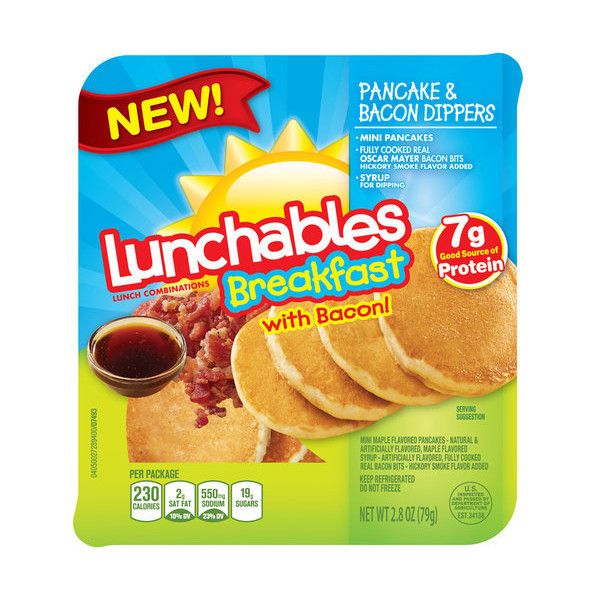
With limited space in the bellies of little ones, getting foods that are dense in these nutrients is a prudent approach to ensuring they get what they need to grow and develop. While it might not be the typical “baby food” that comes to mind, animal proteins are a great way to pack in the nutrients and calories needed to support a growing baby’s body, which is what brings us back to the topic at hand: bacon.
It’s important to note that when we talk about the benefits of bacon, we’re referring to high-quality uncured bacon made from well-sourced responsibly-raised pork. Like all food, quality matters. And there is evidence to show that the nutrient profile of higher-quality meats like pasture-raised pork is superior to that of conventionally-raised meats. Conventional production systems typically involve permanent indoor housing that restricts the movement and behavioral expression of animals. In free-range and organic systems, animals like pigs have access to the outdoors where they have opportunities for exercise, foraging, rooting, and exploration so that they can grow and thrive.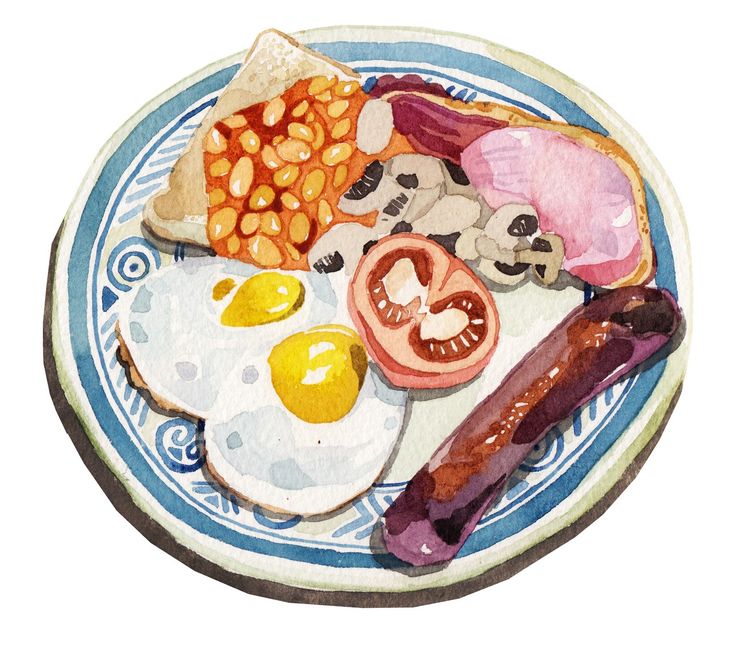
Just like humans, when pigs have access to good quality food and exercise, they are healthier animals. While you’ve probably heard the phrase, “you are what you eat,” there is an updated version of that — you are what you eat eats.
One study explored this theory and found that the nutritional profile of higher-quality meat is indeed superior to that of conventionally-raised meat. It found that pig meat from free-range systems has a higher proportion of omega-3 fatty acids and a more favorable (lower) ratio of omega-6 to omega-3 fatty acids acids compared with pig meat from intensive systems. Omega-3 fats are important for brain and heart health in babies, and most diets are deficient in omega-3 fatty acids while containing excessive amounts of omega-6 fatty acids. This imbalanced ratio can feed inflammation and contribute to other health concerns. The study also found that the pastured pork contains more vitamin E and iron than its conventionally-raised counterparts, both critical to baby growth and development.
It is for these reasons that Serenity Kids created its Uncured Bacon with Organic Butternut Squash and Kale pouch. They source high quality pasture-raised pork from reputable ranches and responsibly process the meat in order to maximize nutrient density. In the process of curing pork, the smoke and salt removes water which concentrates nutrients and results in a higher amount of fat and protein per ounce. One pouch delivers a tremendous bang for your (nutritional) buck.
And if fears around sodium and nitrates are holding you back from bringing home the bacon, know that Serenity Kids Uncured Bacon baby food is made with just a small amount of sea salt, which contains trace minerals that are beneficial for all bodies, both big and small. In addition, as it is uncured, it contains no added nitrates or nitrites.
So feel confident knowing that Serenity Kids pouches are full of the best of the best, and whether you are making your own food or relying on the convenience of Serenity Kids, aim to fill that limited belly space with nutrient-dense whole foods that will support your little one in their critical early years of development.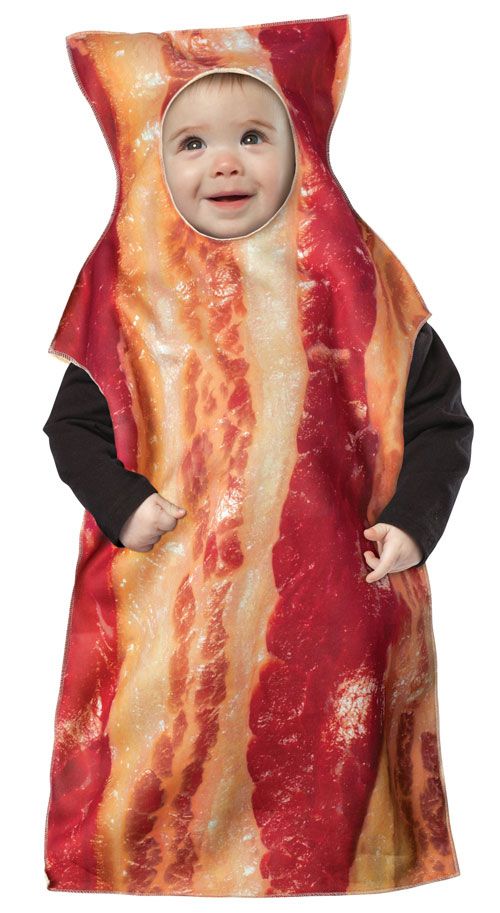
Citations:
https://thousandday hs.org/why-1000-days/building-brains/
Serenity Kids Baby Nutrition Quickstart Guide
Nutritional Benefits of Higher Welfare Animal Products, June 2012 report
Hillary Bennetts is the founder and owner of Purposeful Plate Nutrition. A member of the National Association of Nutrition Professionals, she provides nutrition consulting services to individuals and businesses. Hillary holds a BA in Economics from Washington and Jefferson College, an MBA from Emory University, and an NC from Bauman College. A marathoner, mountain climber, and mama, she lives in Colorado with her husband, son, and golden retriever.
Instagram: https://www.instagram.com/purposefulplatenutrition
Website: www.purposefulplatenutrition.com
Buy Now
When can children be given bacon?
July 17, 2020
2416 views
0 comments
3 Like I like
Adding a small amount of bacon to a well-balanced diet can be a source of high quality animal protein and micronutrients for adults.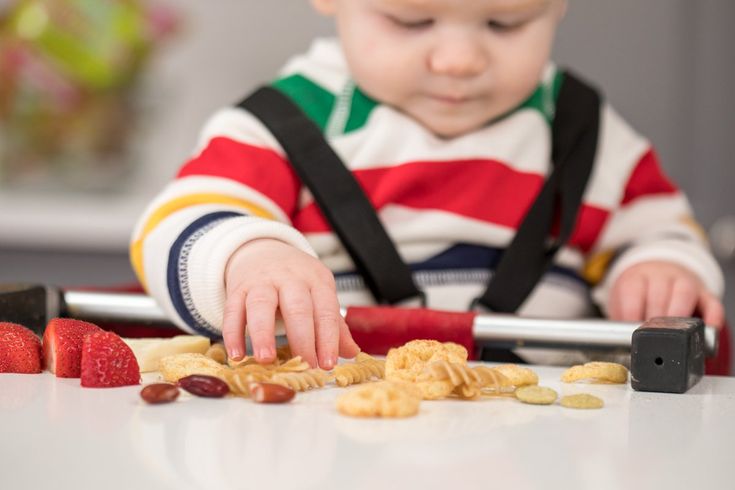 However, feeding babies with bacon is highly discouraged.
However, feeding babies with bacon is highly discouraged.
So, at what age can you introduce your baby to bacon?
Is it safe for children to eat bacon?
Bacon is high in saturated fat, sodium, and food additives such as nitrite, making it unsuitable for infants under 12 months of age. A child's kidneys are not fully developed to handle such a high salt content in their diet.
Other additives in bacon can also adversely affect a child's body.
When can children start eating bacon?
There is no standard age for introducing bacon. Most children begin solid foods at 12 months of age, but experts recommend avoiding processed meats and high-salt foods for children under 2 years of age.
Is bacon good for children?
Including limited amounts of bacon in a well-balanced diet can have a number of benefits, even for young children.
- Bacon is a high quality animal protein source: One ounce (28.3 grams) of cooked Canadian bacon (lean) can provide 8 grams of high quality protein.

- High quality protein contains all the essential amino acids that are vital for growth.
- Bacon is rich in vital micronutrients such as zinc, selenium, phosphorus and vitamins B1, B3, B6 and B12 which may play a role in children's growth.
- Bacon also provides a significant amount of choline, which supports several physiological functions such as neurocognitive development.
Why is bacon bad for kids?
Regular consumption of large amounts of bacon may cause side effects. In particular,
- Lead to an excess of saturated fat, which can contribute to unwanted weight gain in children. In the long run, this threatens with obesity.
- Cause kidney problems. One medium slice (8 grams) of cooked bacon contains 0.135 grams of sodium. Toddlers under three need 0.8 grams of sodium per day, and just one slice of bacon provides 17% of the daily value. Therefore, excessive consumption of bacon can lead to excess sodium in the body.
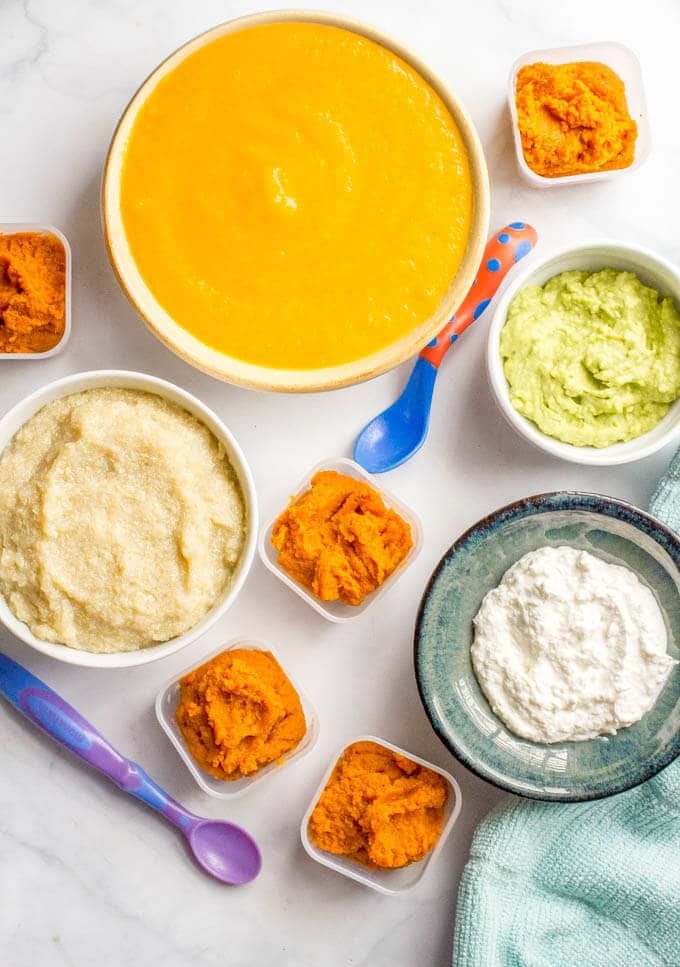
- May affect overall health: Bacon contains added nitrites that prevent bacterial growth and enhance its flavor. Cooking bacon causes a reaction between amines from meat protein and nitrites, resulting in the formation of nitrosamines, which are considered carcinogenic.
- Excessive consumption of bacon can expose a child to large amounts of nitrosamines, which may be harmful to the developing body.
What are some healthy alternatives to bacon?
Instead of bacon, other healthier options can be offered to children:
- Vegetarian bacon: made from vegetables such as carrots and eggplant and grains such as wheat. Tempeh and soy chunks are used to make homemade bacon-like strips. Toddlers are usually allowed soy products after the age of two, but check with your pediatrician before adding soy to your diet.
- Chicken: Children over 6 months of age can consume chicken in small quantities. Choose fresh and organic lean cuts, such as breast, that are high in protein and low in fat.

- Turkey: Turkey is one of the iron-rich foods with a significant amount of protein. Children over 6 months old can eat turkey. You can feed your baby mashed turkey or use ground turkey to make homemade bacon.
- Fish: Fish is rich in high quality protein and essential nutrients, including omega-3 fatty acids. Toddlers over two years old can safely consume about 30 grams of fish, such as salmon and tuna, once or twice a week. Homemade fish nuggets can be a great substitute for bacon.
On the Vikids platform you can:
Read related articles
Ask a question on the Forum Facebook!
Registration
Share on your timeline
'+ '
' + '
' + '
Pea and bacon soup
12-18 months 18-24 months Gluten-free Milk-free Flour-free Meat-free Sugar-free Egg-free Legumes Boil Greens Meat Low-calorie Lunch Vegetables First courses High tea Cooked Recipes Spices, herbs, seasonings Dinner
Levchuk Victoria © Pea soup and the bacon is delicious.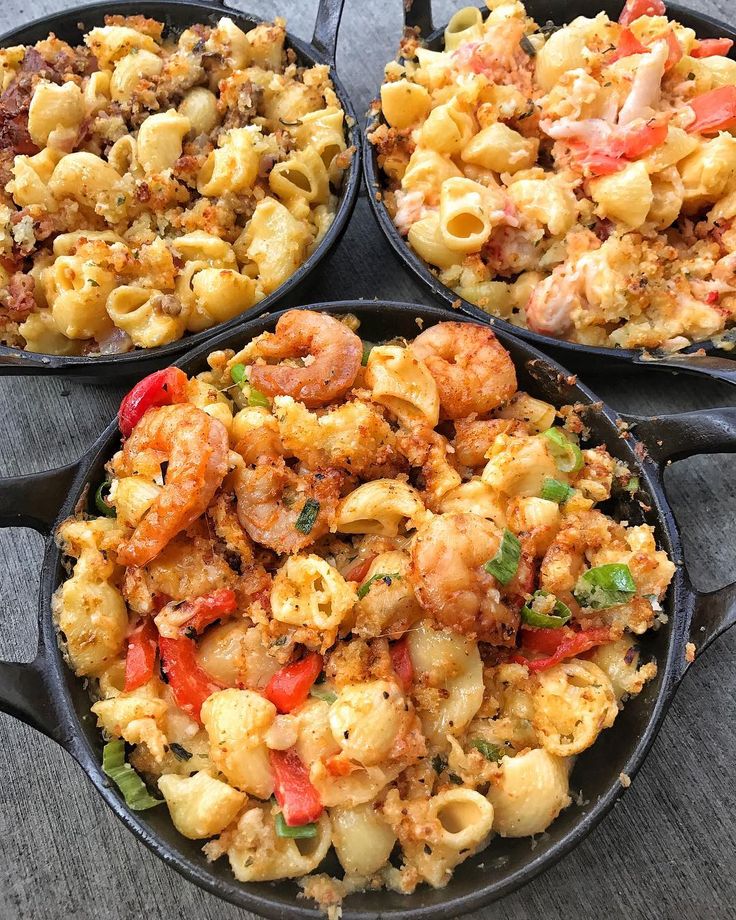 It can be frozen; when defrosted, it does not lose its taste and smell.
It can be frozen; when defrosted, it does not lose its taste and smell.
Pea and bacon soup suitable for both adults and children over 1.5 years old. For children under 3 years old, it is best to give the soup fresh in a small amount once a week. This recommendation is given because bacon is present in the soup.
Yes, it is lightly fried and then boiled, so it is not advisable to give more than 150 grams. Adults can eat the soup until it runs out.
We feed our eldest son with this soup under the slogan "potato soup", it almost always rolls. Since the main ingredients are mashed with a blender, it turns out that the soup consists of potatoes and a thick broth with herbs.
Since the pea and bacon soup is a neutral yellow color, it goes well. Closer to the age of 6, the composition of the soup was revealed to a picky eater, who gave up on it, as he began to calmly eat pea soup in kindergarten. In the end, I exhaled calmly and even calmed down. Lying is not good.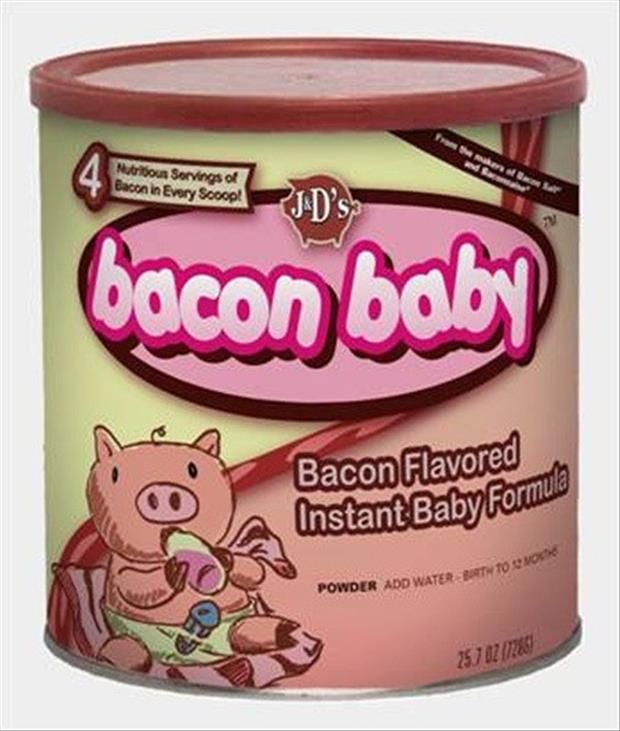 But what does only a mother do, if only the child eats. Although we have all the options for soups with potatoes are called potato, although they are not quite like that. We put up, because it doesn’t matter to me how the picky eater calls them, just to eat.
But what does only a mother do, if only the child eats. Although we have all the options for soups with potatoes are called potato, although they are not quite like that. We put up, because it doesn’t matter to me how the picky eater calls them, just to eat.
Introduced complementary foods: Peas, bacon or bacon, onions, carrots, vegetable oil, potatoes, salt, spices if desired, greens if desired.
Pea and bacon soup I cook once every 3 months, I make frozen preparations, usually 2 packets and a part for fresh soup. It turns out that we eat pea soup once a month, we are satisfied with this alignment.
I use blanks for quick soups, in which you can put potatoes, or not. When using a frozen stock for making soup, you need to fry a little bacon to give a bright flavor. Ordinary garlic croutons will do, who doesn't like bacon.
Instructions
Preparation of Pea Soup Base
-
Boil the peas.
 You can in the standard way, namely, soak overnight, then boil. Or like me, in a fast way. In the morning, pour the peas with water and bring to a boil, boil for 5 minutes. Set aside, close the lid tightly. We leave the peas to reach almost readiness. Peas should be sort of ready, but, as it were, 10 minutes are not enough. Those. soft, crushed in the hands, but not yet ready. Because the peas will be cooked in the soup for another 5 minutes.
You can in the standard way, namely, soak overnight, then boil. Or like me, in a fast way. In the morning, pour the peas with water and bring to a boil, boil for 5 minutes. Set aside, close the lid tightly. We leave the peas to reach almost readiness. Peas should be sort of ready, but, as it were, 10 minutes are not enough. Those. soft, crushed in the hands, but not yet ready. Because the peas will be cooked in the soup for another 5 minutes. -
We make a standard roast of onions and carrots. We do it, just a little more, since it’s all whipped with a blender, then the carrots will only add color and taste to the soup.
-
Plain bacon or bacon with a layer of meat, thinly sliced and reduced to a low heat. We don’t need fat, but roasts that have been fried to a crispy crust are suitable for soup. They give an interesting flavor. But do not fry them so that it is not possible to bite. Thin bacon is ideal if it is beautifully fried, cut and sprinkled on top of the soup, class!
-
When the peas, roast and bacon are ready, everything needs to be combined.
 I don’t drain the water from the peas, I just connected everything and whipped it with a blender. Yes, the bacon is churned along with the chickpeas because the soup is made for kids. Adults can still appreciate the look of fried bacon, but children, alas, refuse to eat such a soup. Therefore, we look at our baby, if he loves fried bacon, then you can beat everything with a blender, and at the end add whole pieces of bacon, mix. Let's boil for 5 minutes. Now you can cool and lay out in packages for freezing. Freeze with shock freezing. No salt, no spices.
I don’t drain the water from the peas, I just connected everything and whipped it with a blender. Yes, the bacon is churned along with the chickpeas because the soup is made for kids. Adults can still appreciate the look of fried bacon, but children, alas, refuse to eat such a soup. Therefore, we look at our baby, if he loves fried bacon, then you can beat everything with a blender, and at the end add whole pieces of bacon, mix. Let's boil for 5 minutes. Now you can cool and lay out in packages for freezing. Freeze with shock freezing. No salt, no spices. -
Frozen version!
Pea and bacon soup
-
Pea and bacon soup is easy and, most importantly, fast. Boil potatoes in water for 15-20 minutes. It is advisable to get the frozen pea soup blank in advance so that it lags a little behind the walls of the bag, and it is easy to pull it out. Or put in the fridge overnight to defrost.
-
As soon as the potatoes are almost ready, we throw in the preparation of pea soup.


